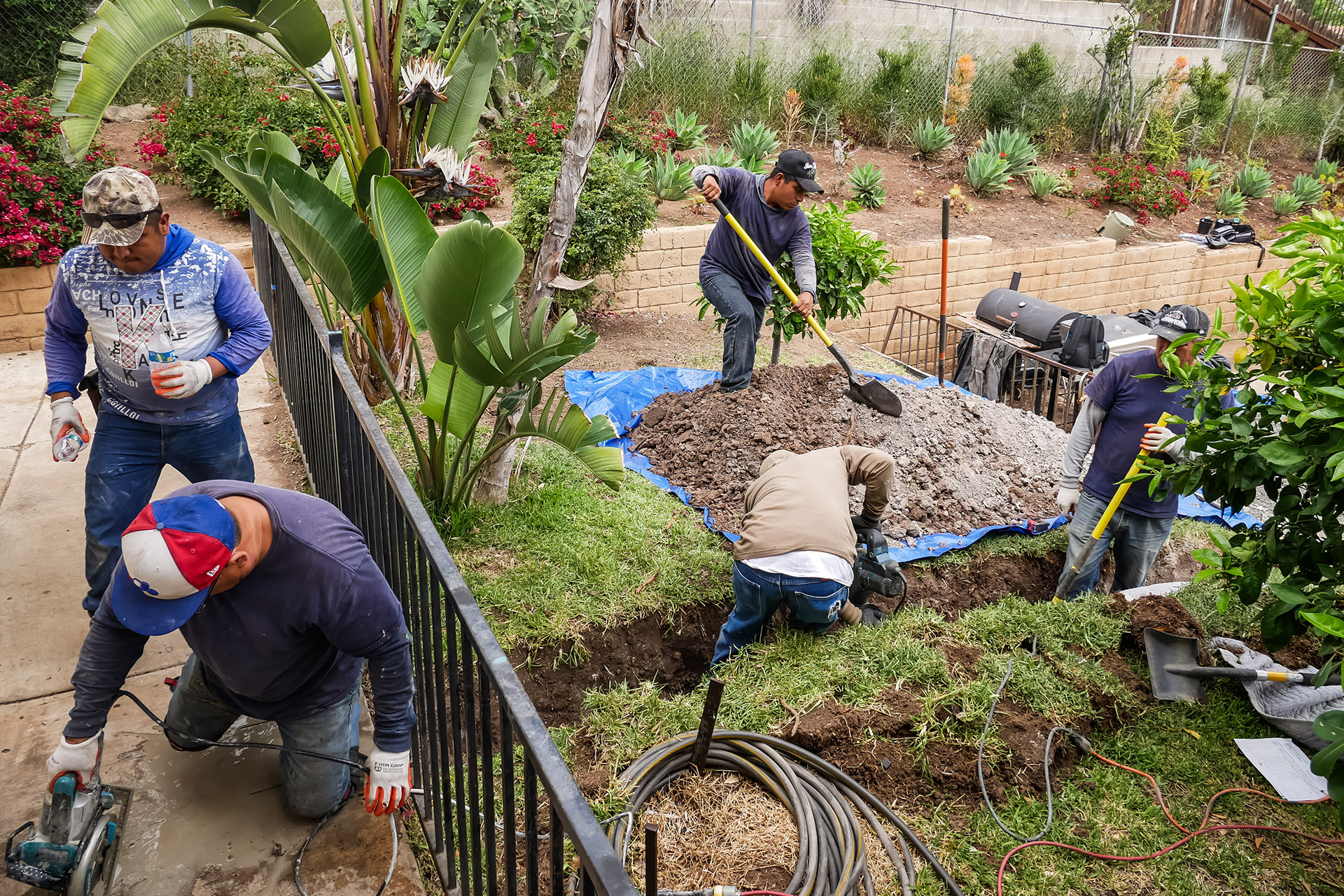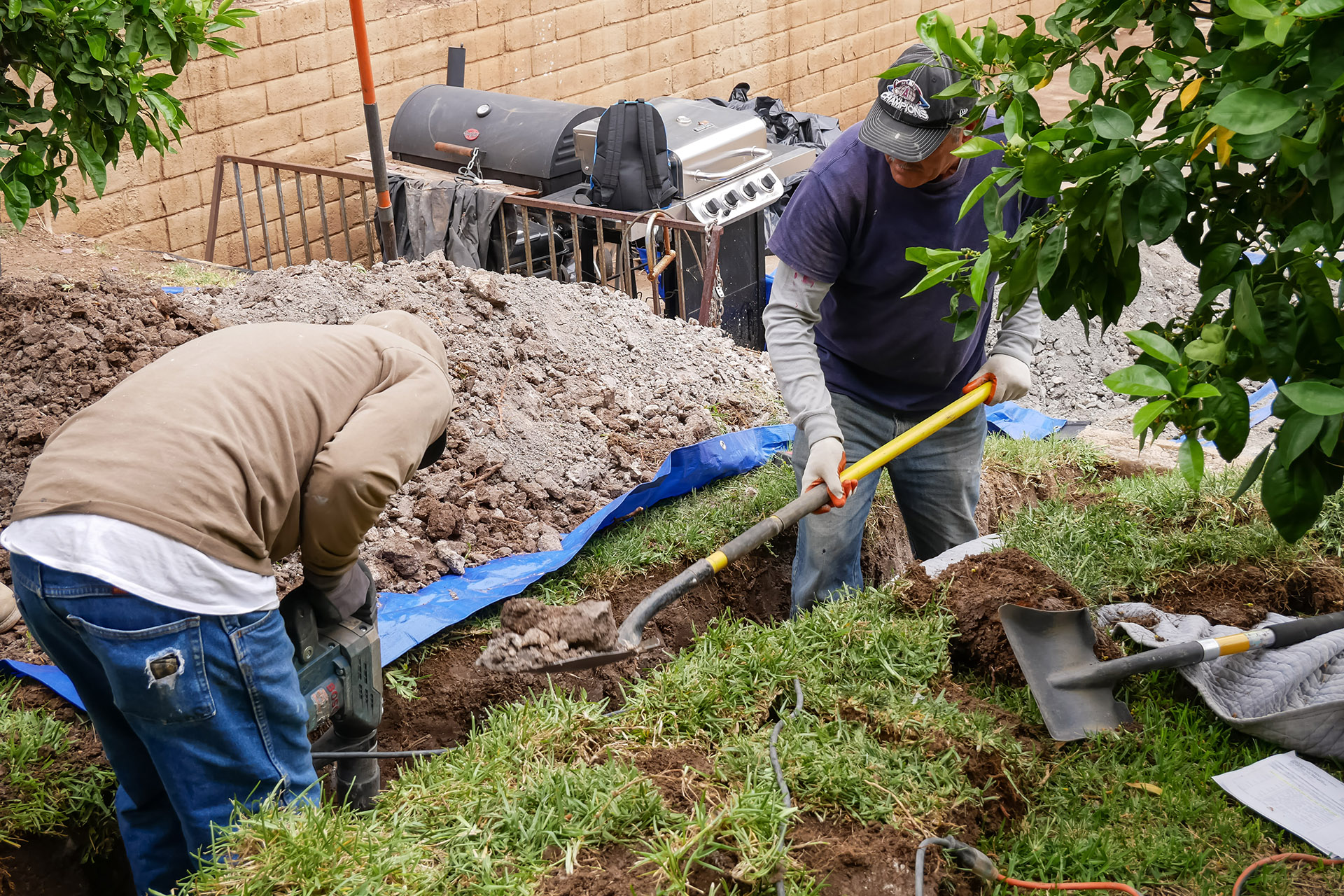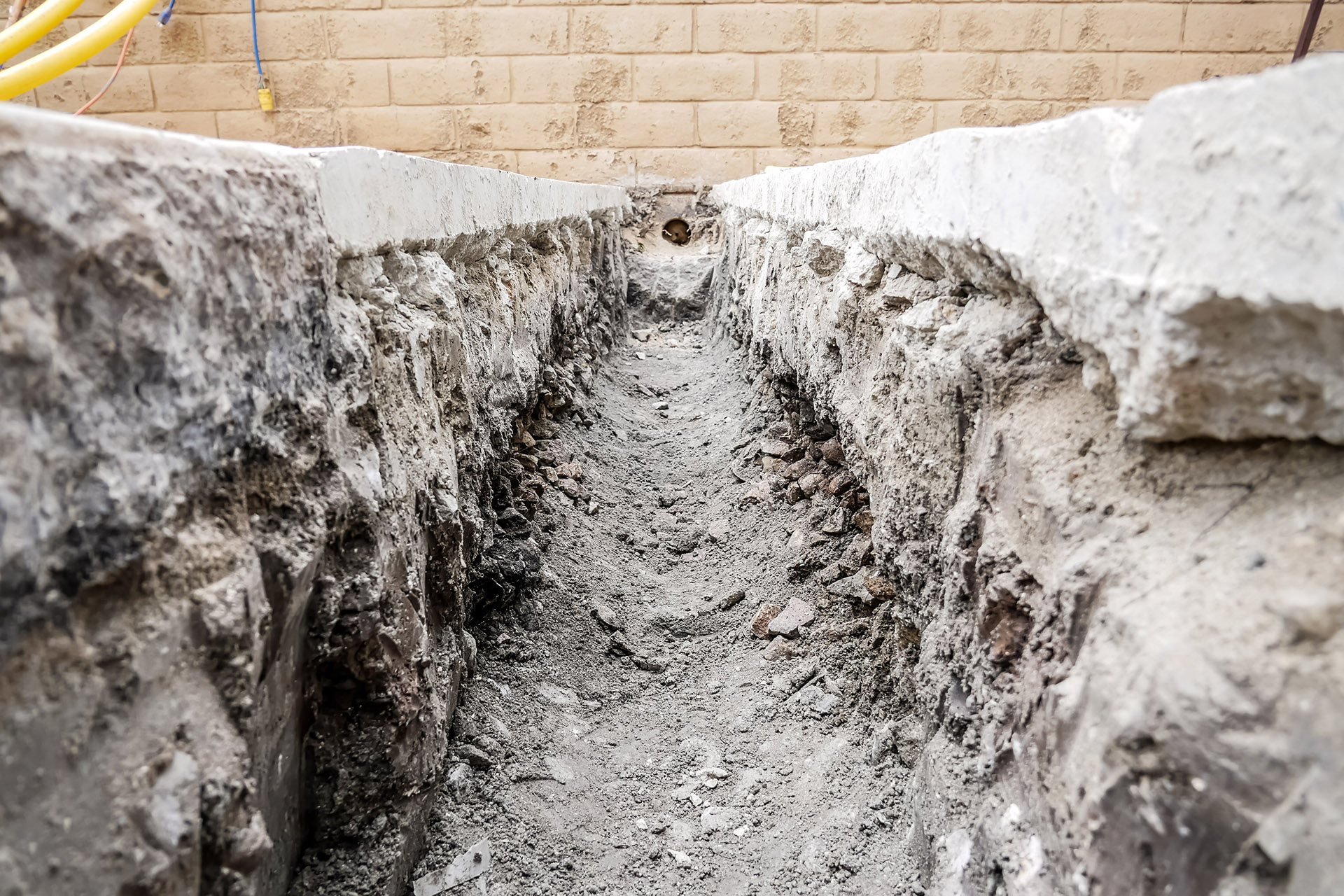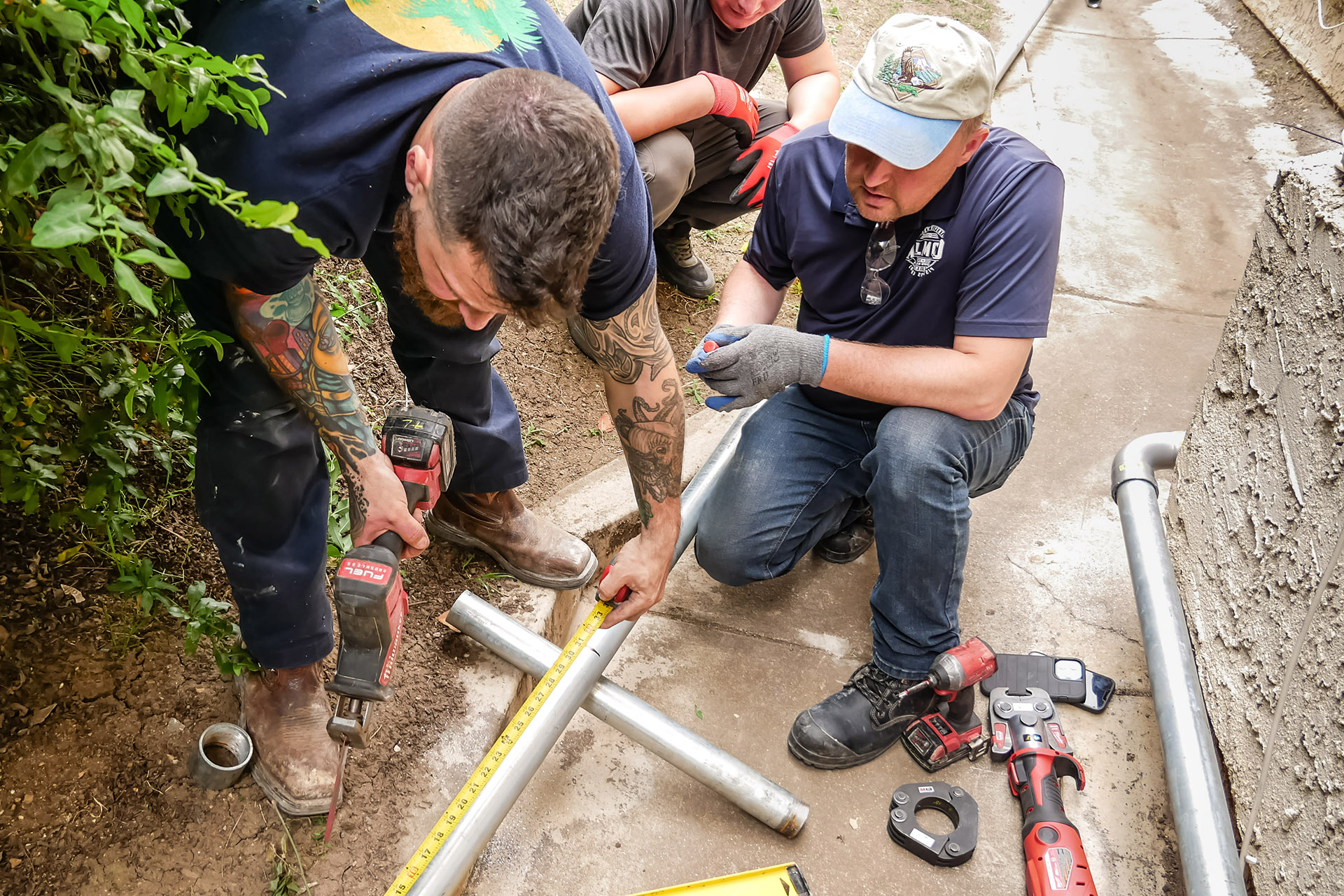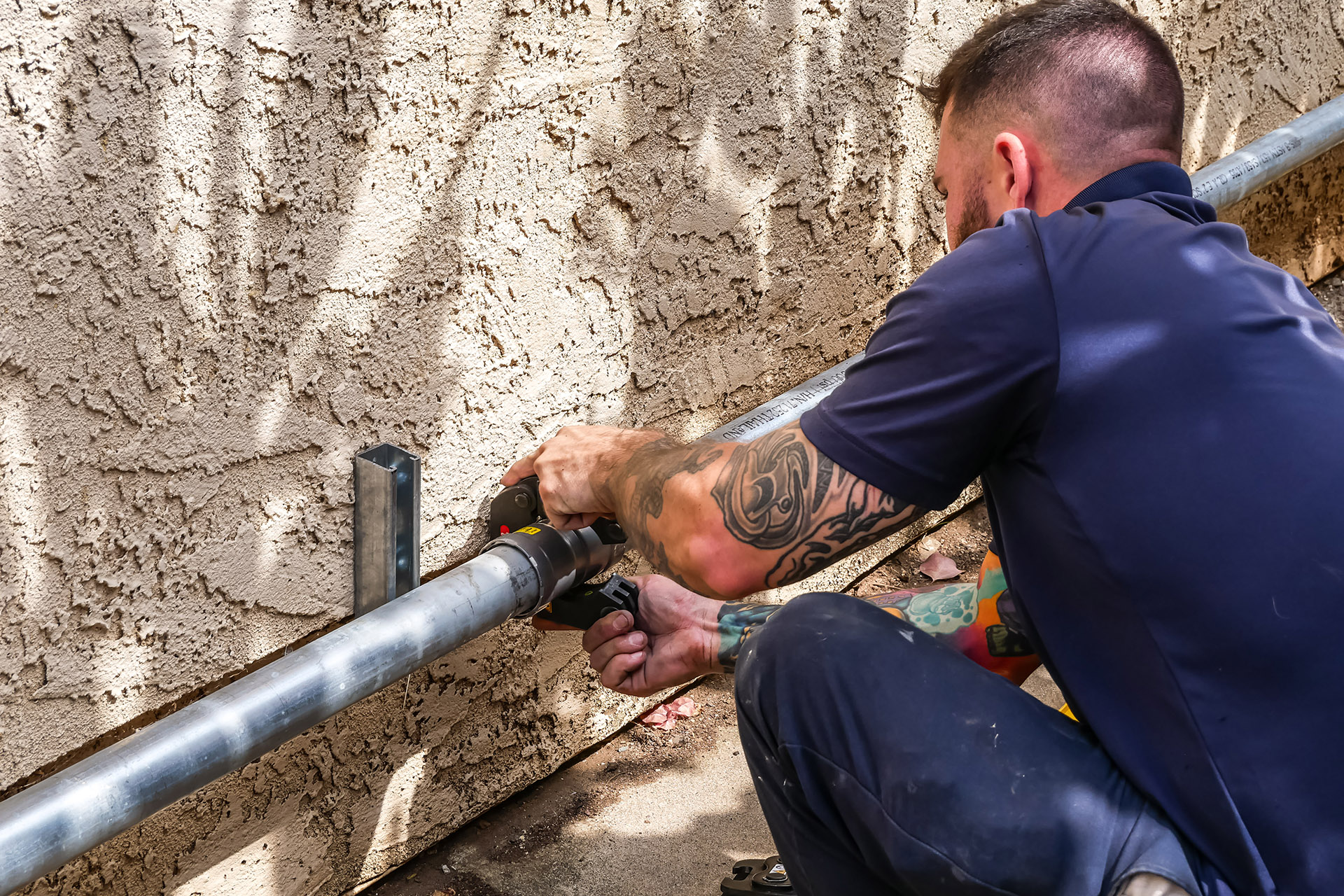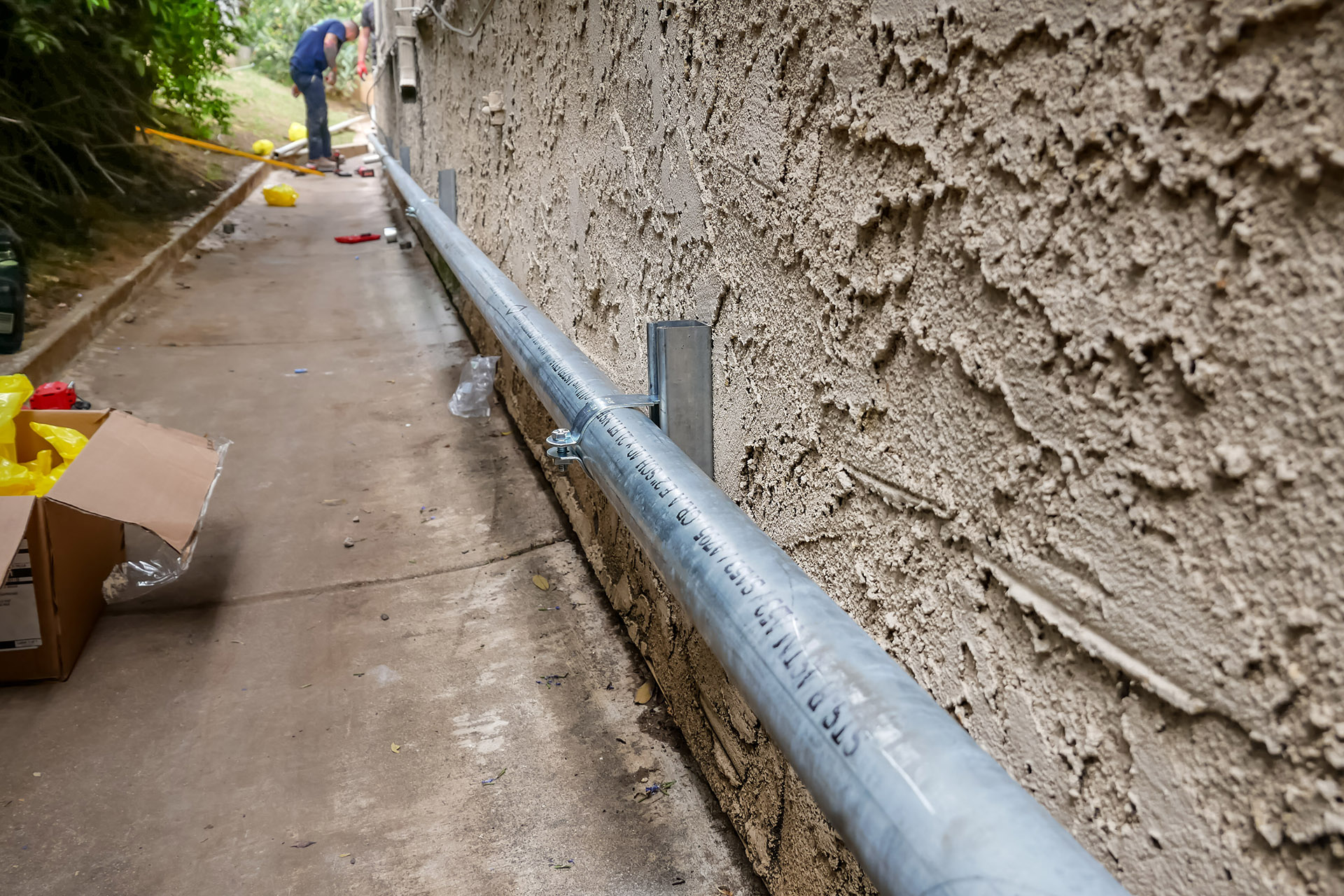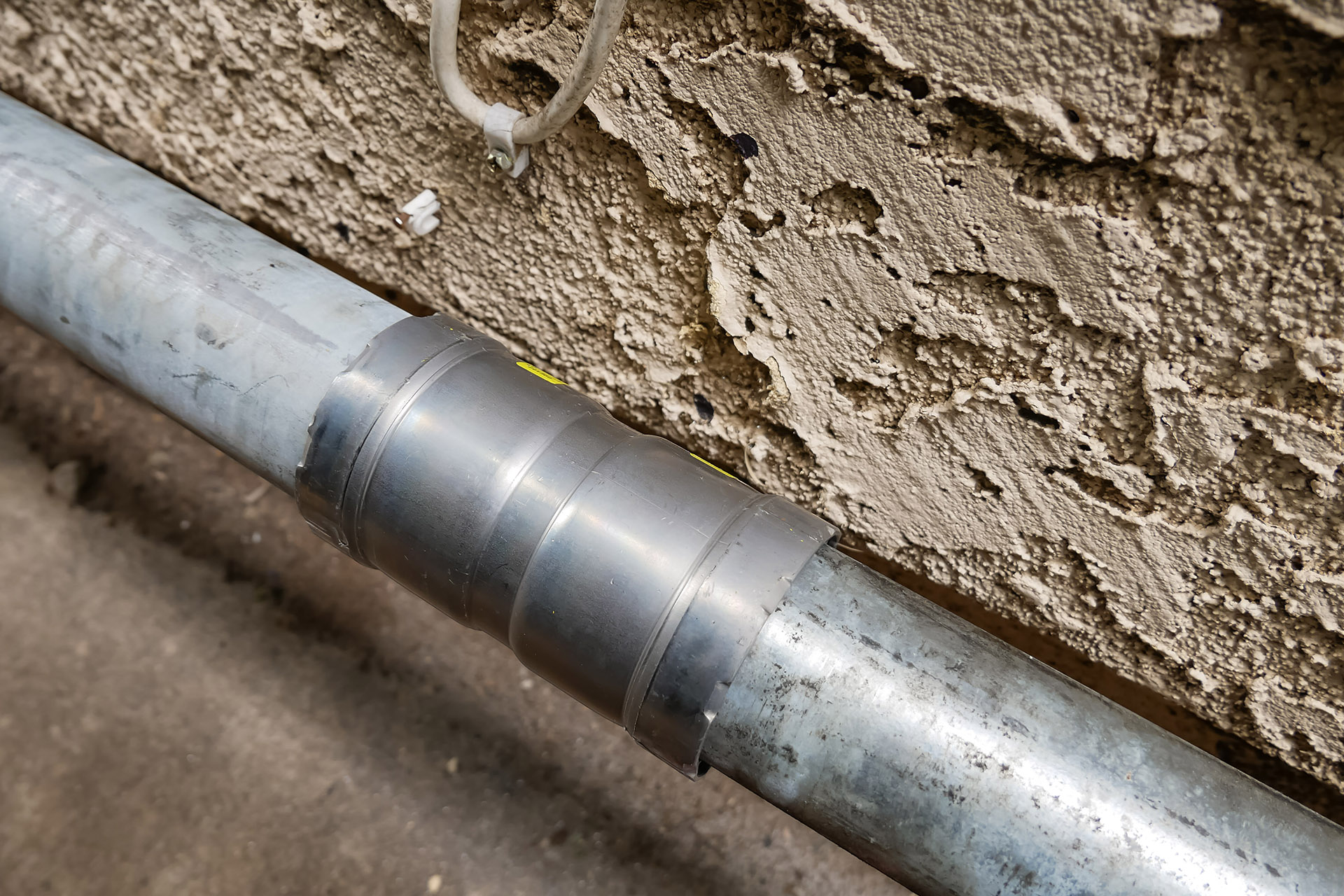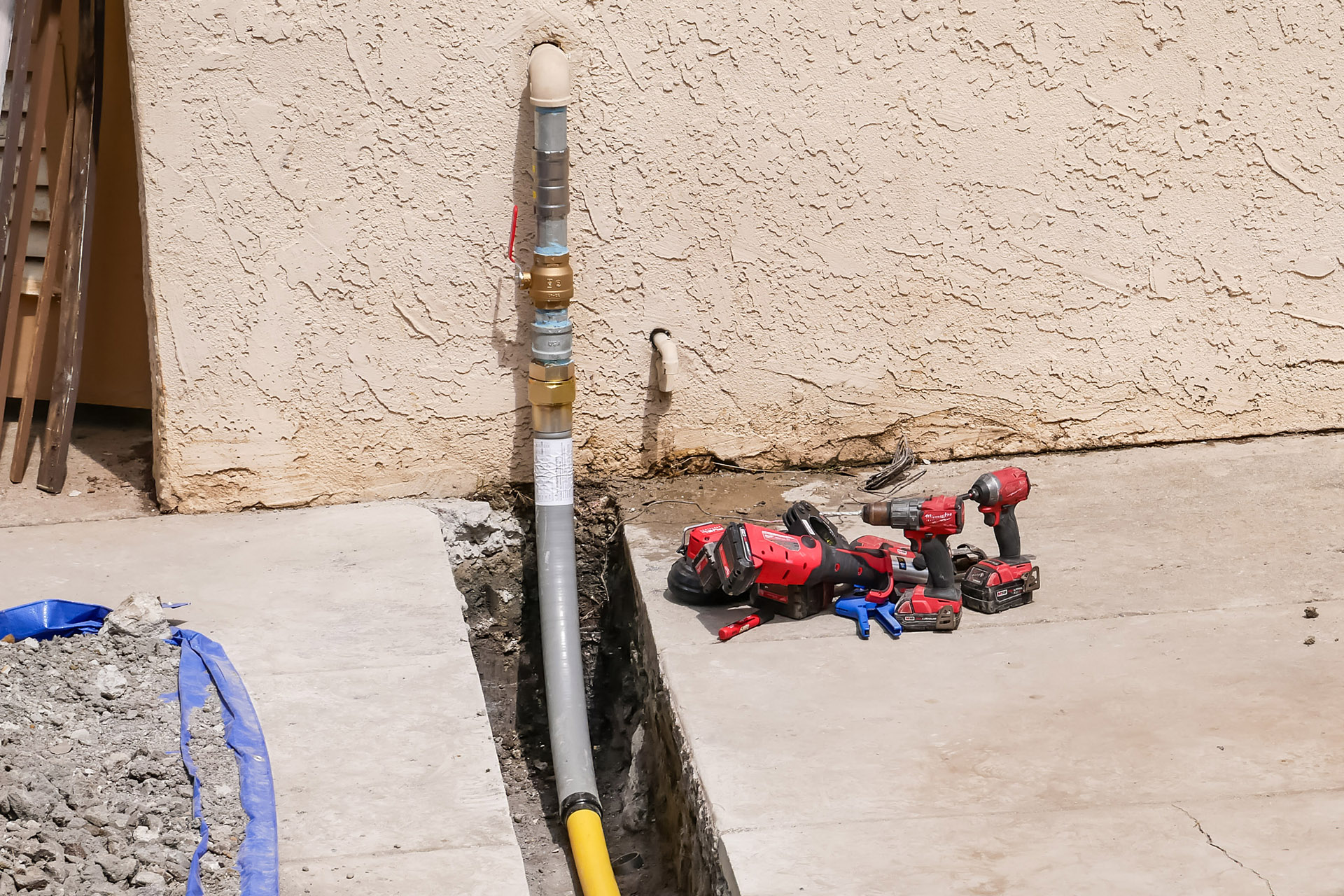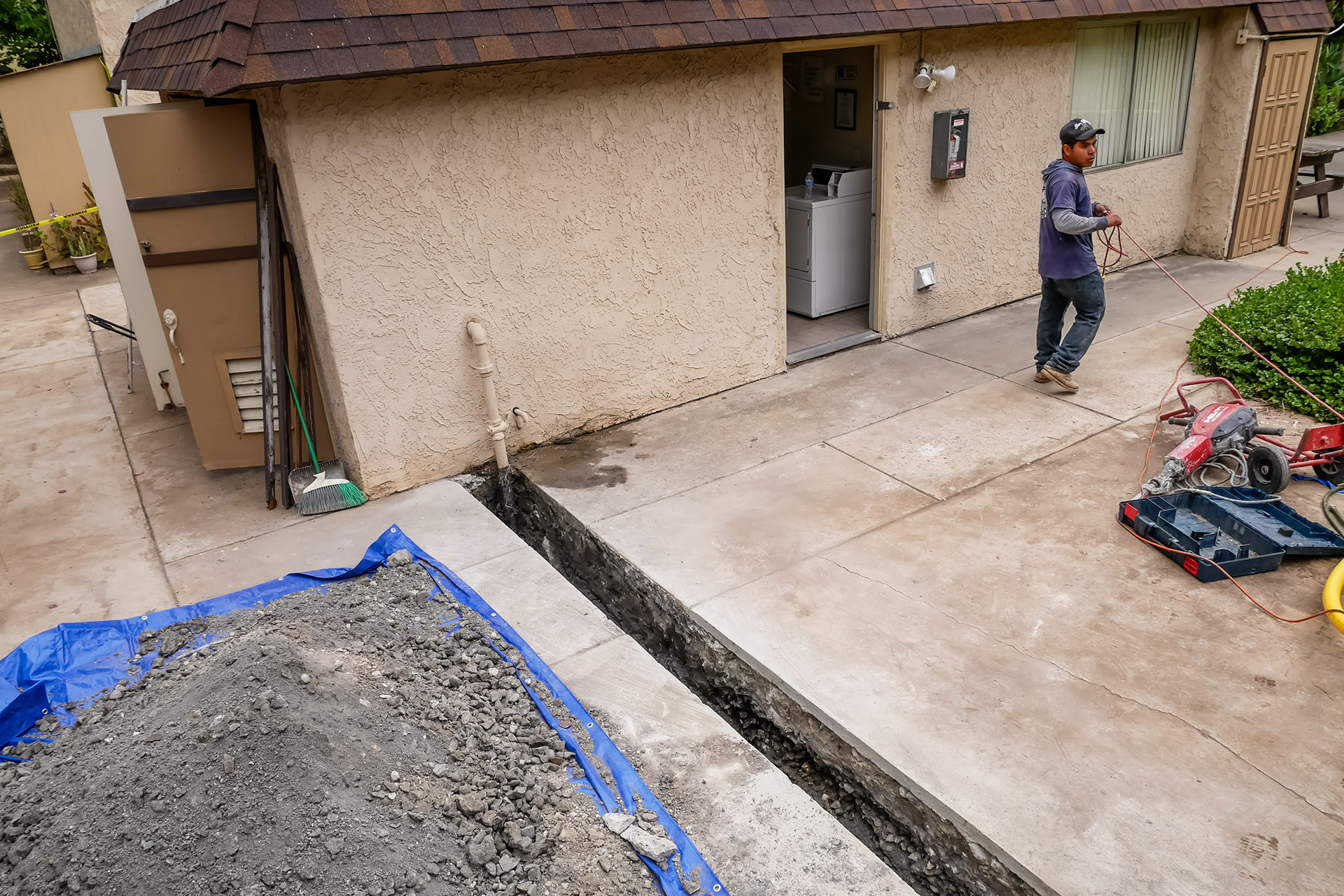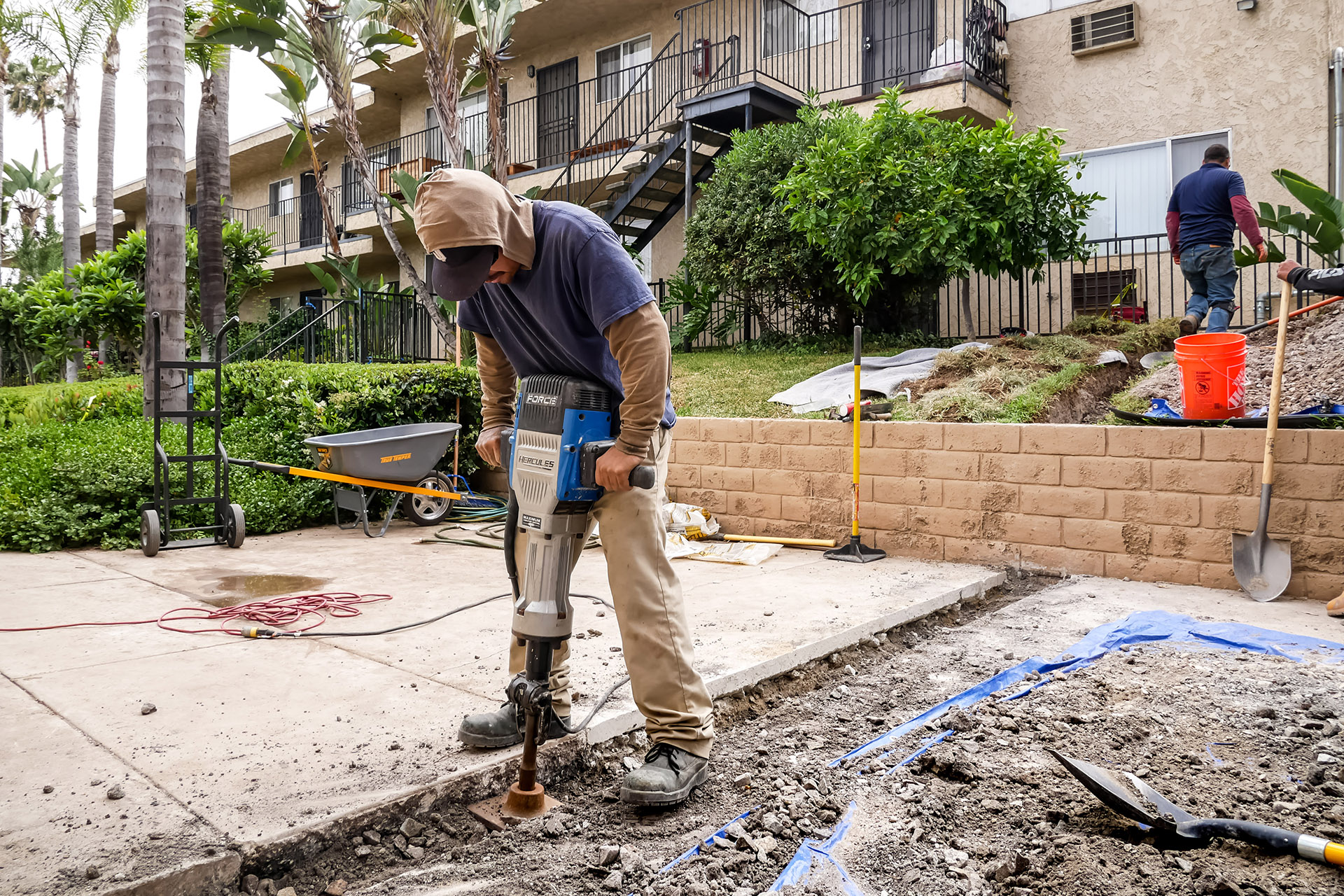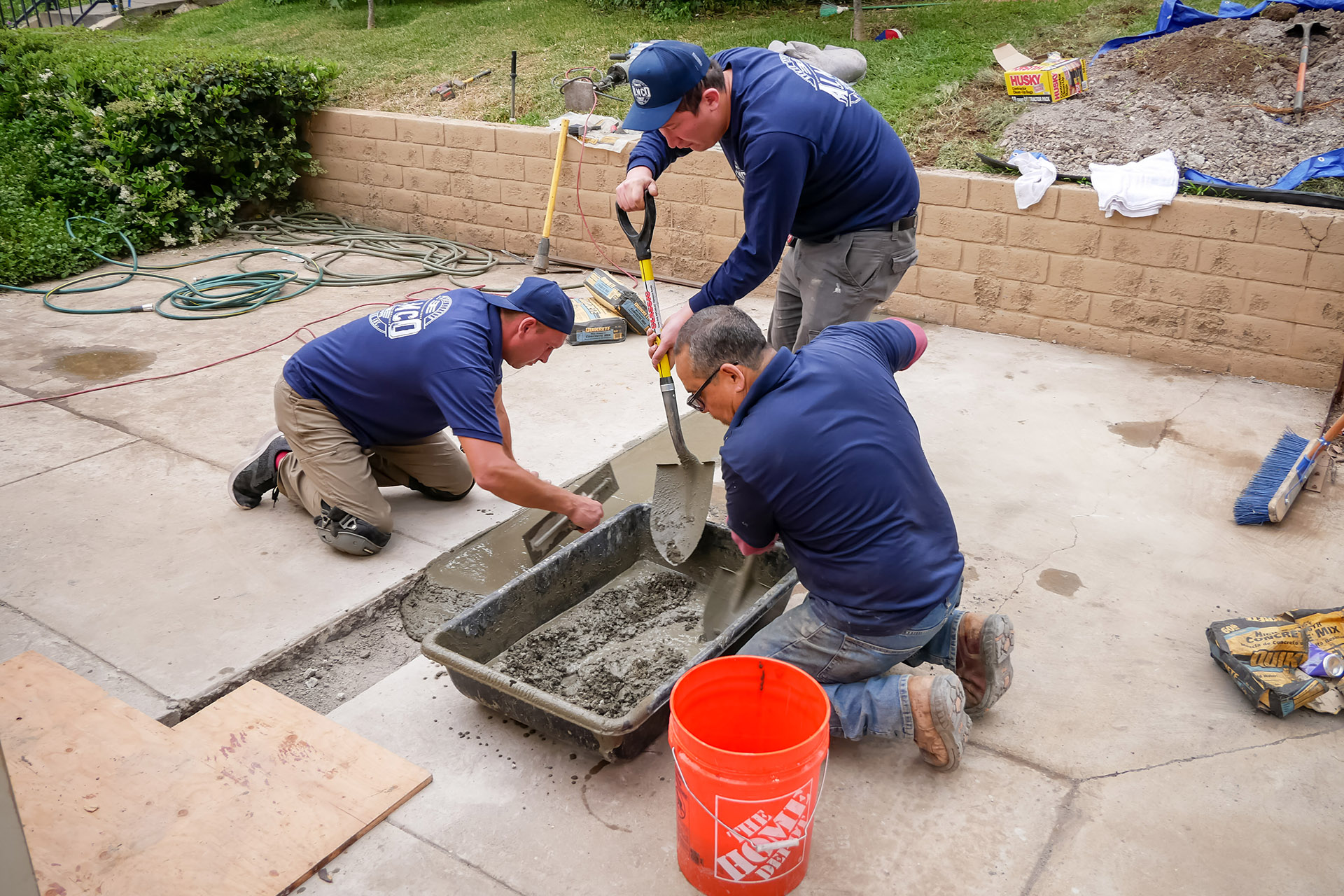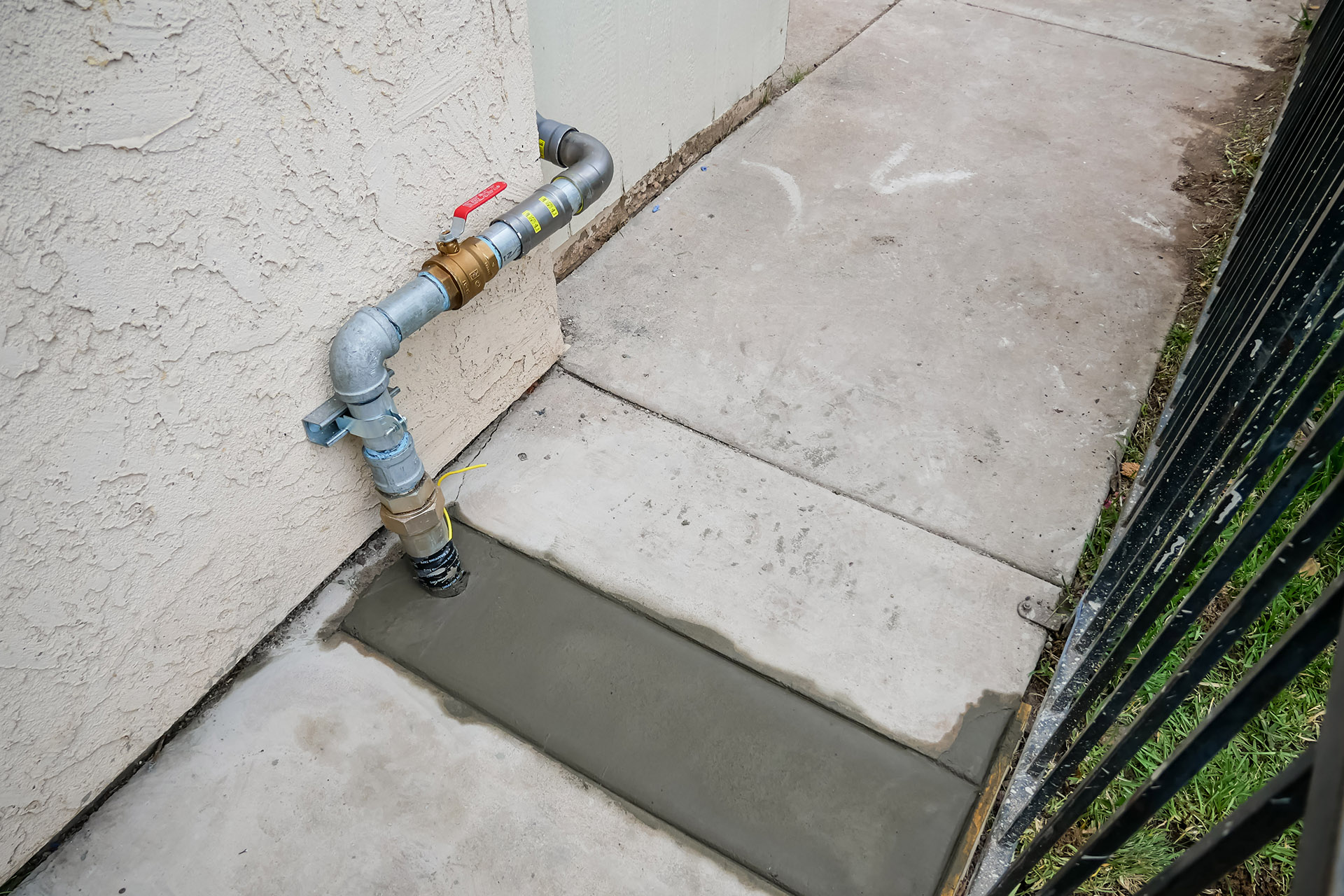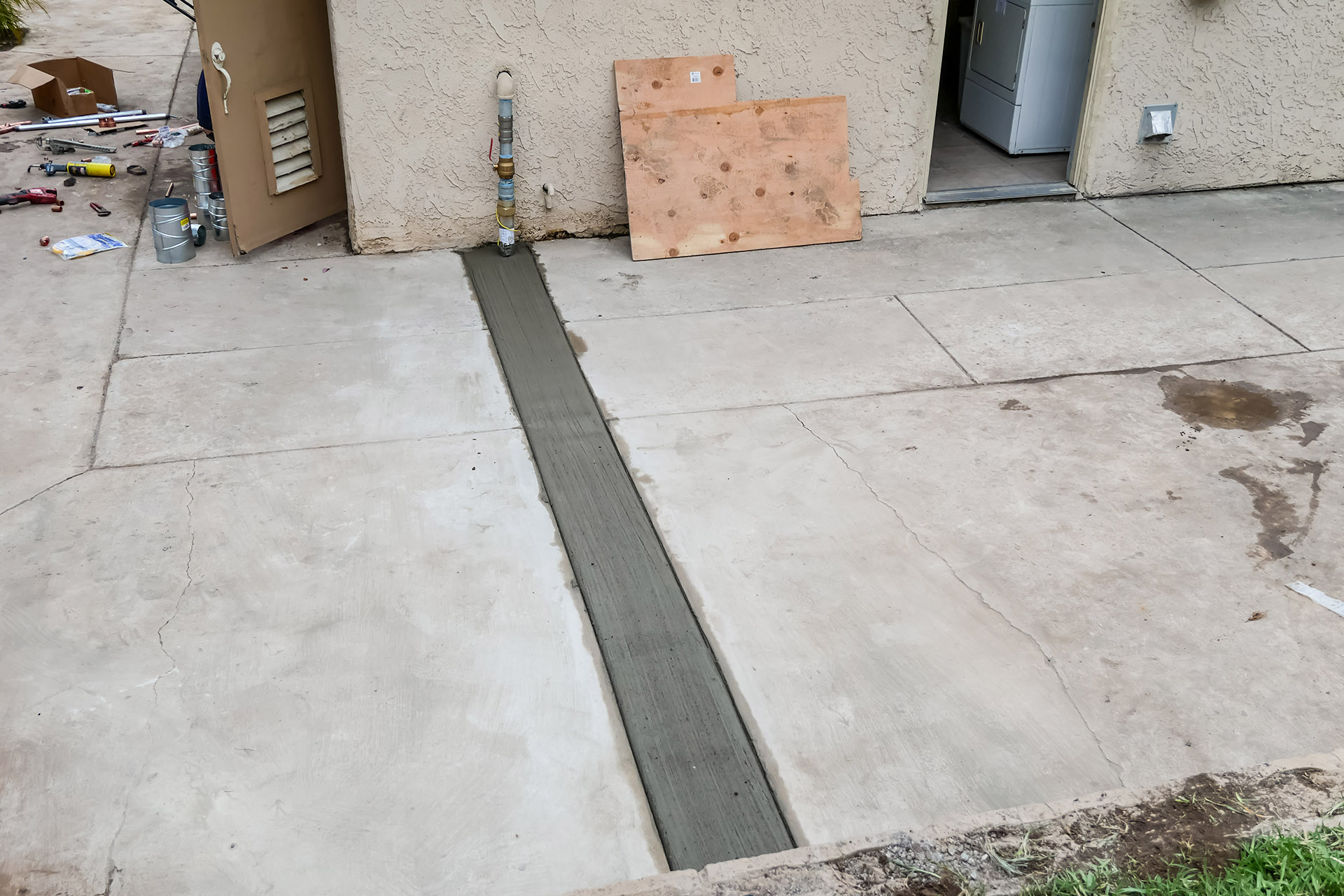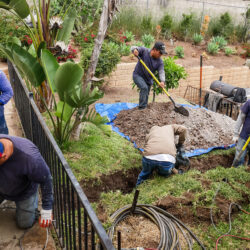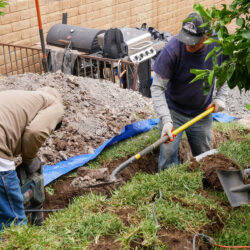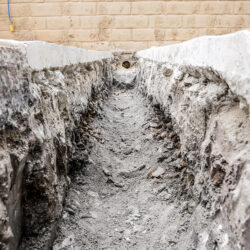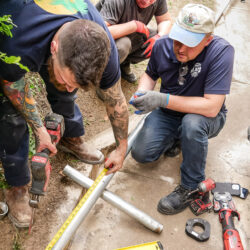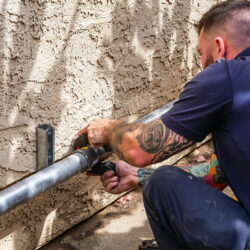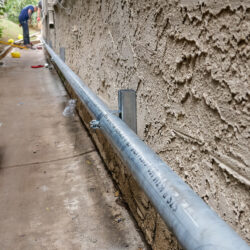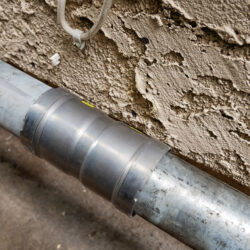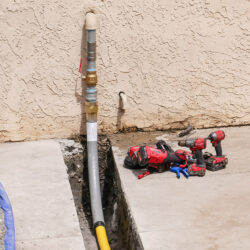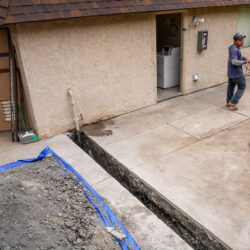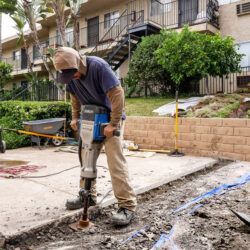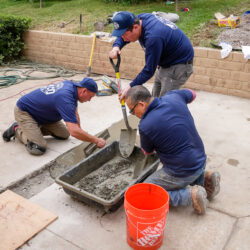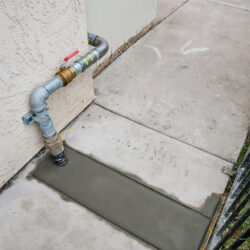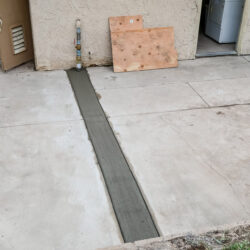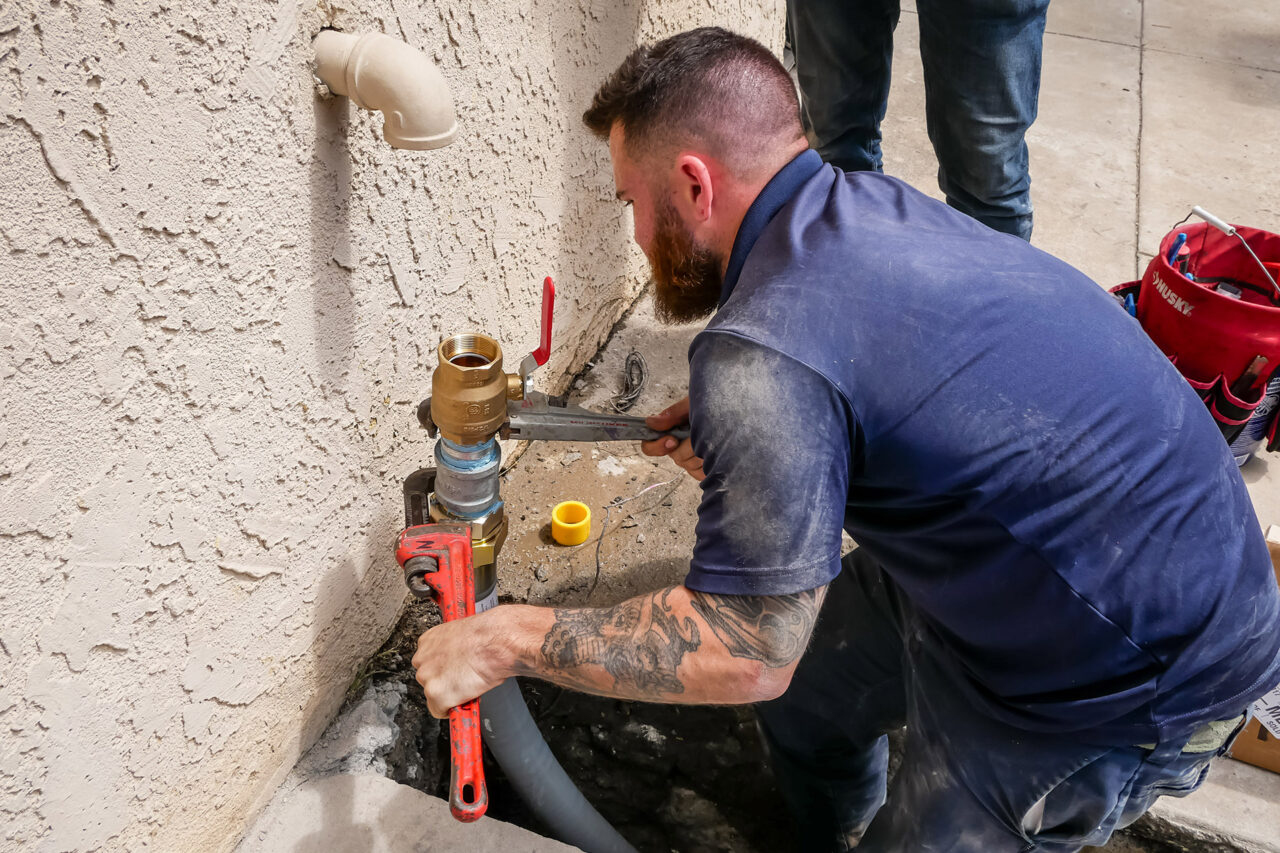Gas line installation and replacement are critical services that ensure the safe and efficient delivery of natural gas or propane to homes or businesses. Faulty or outdated gas lines pose significant risks, including leaks, fires, or even explosions. That’s why it’s crucial to rely on professionals for these tasks.
Almco Plumbing provides code-compliant gas line installation and replacement services for residential and commercial customers in San Diego. This article will guide you through the most common issues and explain how our team can help ensure your property’s safety and efficiency.
Contents
- What is Gas Line Plumbing?
- Typical Gas Line Problems
- Common Signs of Gas Line Problems
- Types of Gas Lines for Homes
- Step-by-Step Gas Line Replacement Process
- Benefits of Professional Gas Line Installation & Replacement
- Almco Plumbing’s Pricing for Gas Line Installation & Replacement
- Frequently Asked Questions (FAQ)
What is Gas Line Plumbing?
Gas line plumbing involves the installation, maintenance, repair, and replacement of the pipes and fittings that deliver natural gas or propane to appliances in homes and businesses. This specialized area of plumbing ensures the safe and efficient flow of gas to support a variety of everyday functions, from heating water to powering furnaces and stoves.
Key Aspects of Gas Line Plumbing
- Installation. Involves running gas lines from the main line to appliances or systems. It requires precise measurements and material selection based on customer needs and safety standards.
- Repair & Maintenance. Addresses problems such as leaks, damaged pipes, or worn fittings. Routine inspections and maintenance ensure the safety and performance of gas lines.
- Replacement. Replaces aging or corroded gas lines to meet current safety codes, typically done during renovations, system upgrades, or when extending gas service to new appliances.
- Complex Components. Gas piping is more than just pipes. It includes various technically challenging components such as gas pressure regulators, shut-off valves, and quick disconnect valves. For example, shut-off valves are critical in areas of high and frequent seismic activity to prevent gas leaks in the event of an earthquake.
- Safety Standards. The entire gas piping system must comply with local and national safety codes to ensure the safe transportation of gas. Professionals such as Almco Plumbing use advanced tools including gas detectors and pressure gauges to ensure the safety of the system.
- Testing. After any repair, the whole house gas system must be subjected to a 10 PSI air pressure test for 15 minutes. Any compromise in the system, such as leaks or improper installation, can lead to serious safety risks. That’s why it’s essential to hire certified gas line plumbers to ensure everyone’s safety, even for DIY projects.
Typical Gas Line Problems
Outdoor Gas Lines
Outdoor gas lines play a critical role in fueling barbecue grills, fire pits, and pool heaters. However, older installations—especially those using iron pipe—are prone to deterioration due to exposure to weather, moisture, and ground movement. Over time, these factors can compromise the safety and functionality of the gas system, leading to leaks or failures.
Most modern outdoor gas systems use polyethylene (PE) pipe underground because it is flexible, corrosion resistant, and durable. However, these systems require a transition riser where the underground PE pipe connects to an above-ground iron pipe. This transition point is one of the most vulnerable areas of the system.
Indoor Gas Systems
Indoor gas systems power essential household appliances such as stoves, ovens, water heaters, and furnaces. However, outdated components—such as old gas valves, aging flexible supply lines, and worn appliances—can lead to safety hazards, inefficiency, and gas leaks. Identifying and replacing these aging parts is critical to maintaining a safe and efficient home gas system.
Common Signs of Gas Line Problems
Identifying gas line problems early is critical to maintaining safety and avoiding costly repairs. Here are the most common signs of gas line problems that should not be ignored.
- Strange Odors. A strong smell of sulfur or rotten eggs is one of the most noticeable indicators of a gas leak. While natural gas is odorless, utilities add a chemical (mercaptan) to make leaks easier to detect.
- High Gas Bills. An unexplained increase in your gas bill could indicate a hidden leak or other gas line inefficiencies causing excessive gas usage.
- Physical Symptoms in Residents. Prolonged exposure to leaking gas can cause symptoms such as headaches, dizziness, nausea, fatigue, and shortness of breath. These symptoms often improve when you leave the area.
- Malfunctioning Appliances. Appliances connected to the gas line may have problems such as inconsistent performance, low flame in burners, or difficulty staying lit.
- Corrosion or Visible Damage to Gas Lines. Rust, cracks, or wear on visible gas lines can weaken their structural integrity, resulting in leaks or breaks.
If you notice any of these warning signs:
- Turn off the gas at the gas meter (if you are able to).
- Call SDG&E or the local gas company (note: they do not repair the leak; they will turn off the gas at the meter and lock it, and they may recommend calling a licensed plumber).
- Call a licensed plumbing professional, such as Almco Plumbing, to inspect and repair your gas lines.
- If you cannot turn off the gas, immediately leave the area (if you suspect a major leak) and contact the gas service company or a local plumber.
- Until the professional arrives, avoid using electronic devices or open flames as they may ignite the gas.
Watch for these signs and act immediately to prevent serious hazards and ensure the safety of your property and its occupants.
Types of Gas Lines for Homes
Choosing the right type of gas line depends on the application, installation requirements, and local building codes. The following are the most common types of gas lines used in residential applications.
Black Iron Pipe
This is a durable, traditional option made of uncoated steel or iron that is widely used for natural gas and propane delivery. It is long-lasting, strong, and resistant to high-pressure pipes. However, it is susceptible to rust when exposed to moisture.
Galvanized Steel Pipes
This steel pipe is coated with zinc to resist corrosion. It is still used in older homes but is less common today. Galvanized steel offers a corrosion-resistant option compared to black iron; however, the zinc coating can clog lines over time and is unsuitable for natural gas in many areas.
Corrugated Stainless Steel Tubing (CSST)
CSST is a flexible metal pipe commonly used in remodels or repairs in homes. It is ideal for running gas lines in tight spaces and through complex layouts. Lightweight, easy to install, and resistant to earthquakes and vibration, but it requires proper grounding to prevent damage from electrical currents.
Polyethylene (PE) Pipes
This durable plastic pipe is designed specifically for underground gas lines and is commonly used for outdoor lines, such as those connecting to barbecues or pools. It is corrosion-resistant, lightweight, and cost-effective, though not suitable for above-ground or indoor use due to UV sensitivity.
Choosing the right type of gas line for an individual home depends on:
- indoor versus outdoor use;
- local building and safety codes;
- the customer’s budget;
- environmental factors such as moisture, UV, or seismic activity.
Step-by-Step Gas Line Replacement Process
Replacing an existing gas line is a complex task that requires professional expertise. Below is a detailed outline of the process to ensure safety and compliance.

A licensed plumber inspects the existing gas line to identify any damage, leaks, or outdated materials that need to be replaced. If necessary, homeowners secure permits to comply with local building and safety codes. Gas service is shut off at the main valve to ensure safety during the replacement. Homeowners or contractors must notify the local gas utility about the replacement to safely coordinate.
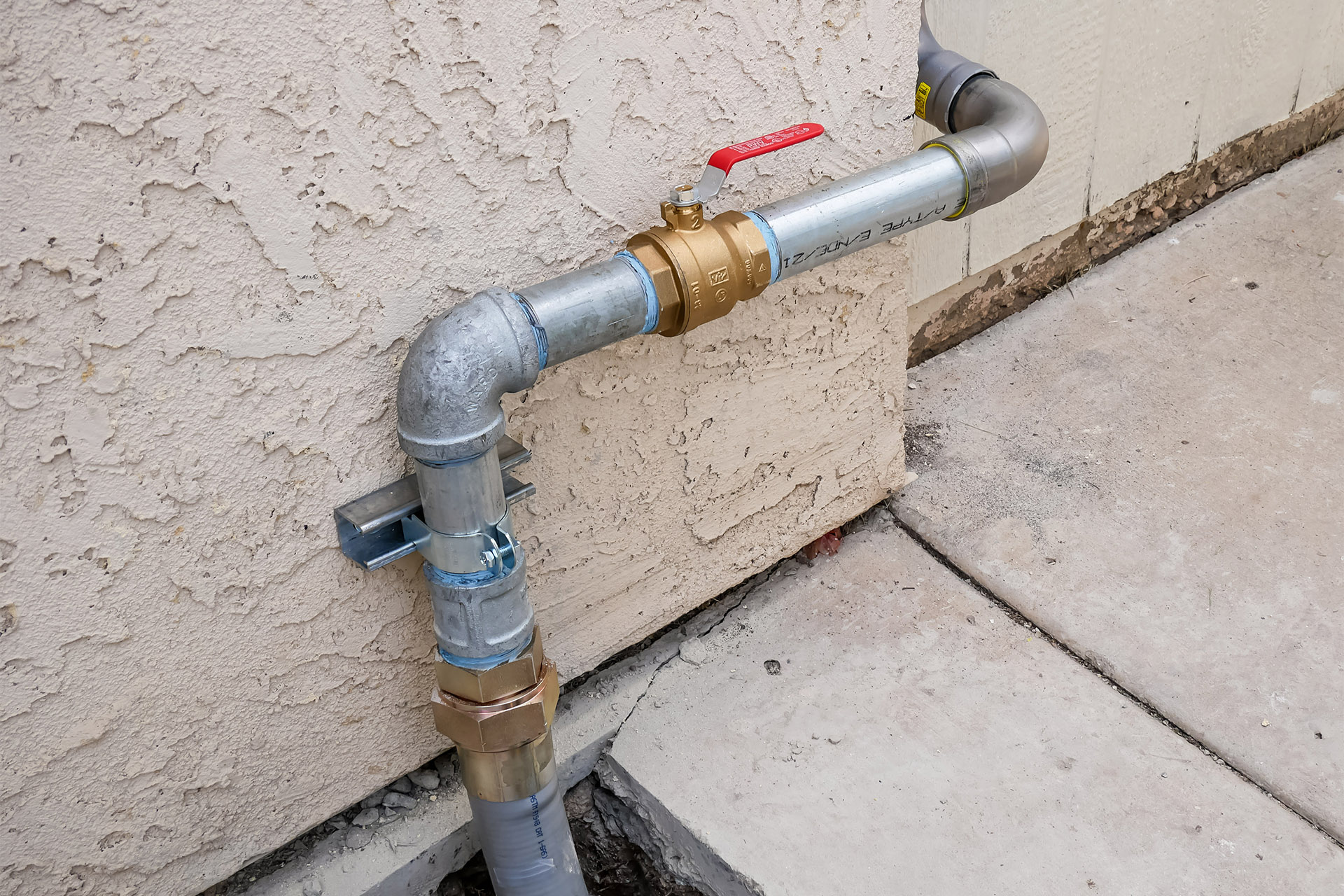
The old gas line is safely disconnected from appliances, valves, and other connections, then disposed of in accordance with environmental and local regulations.
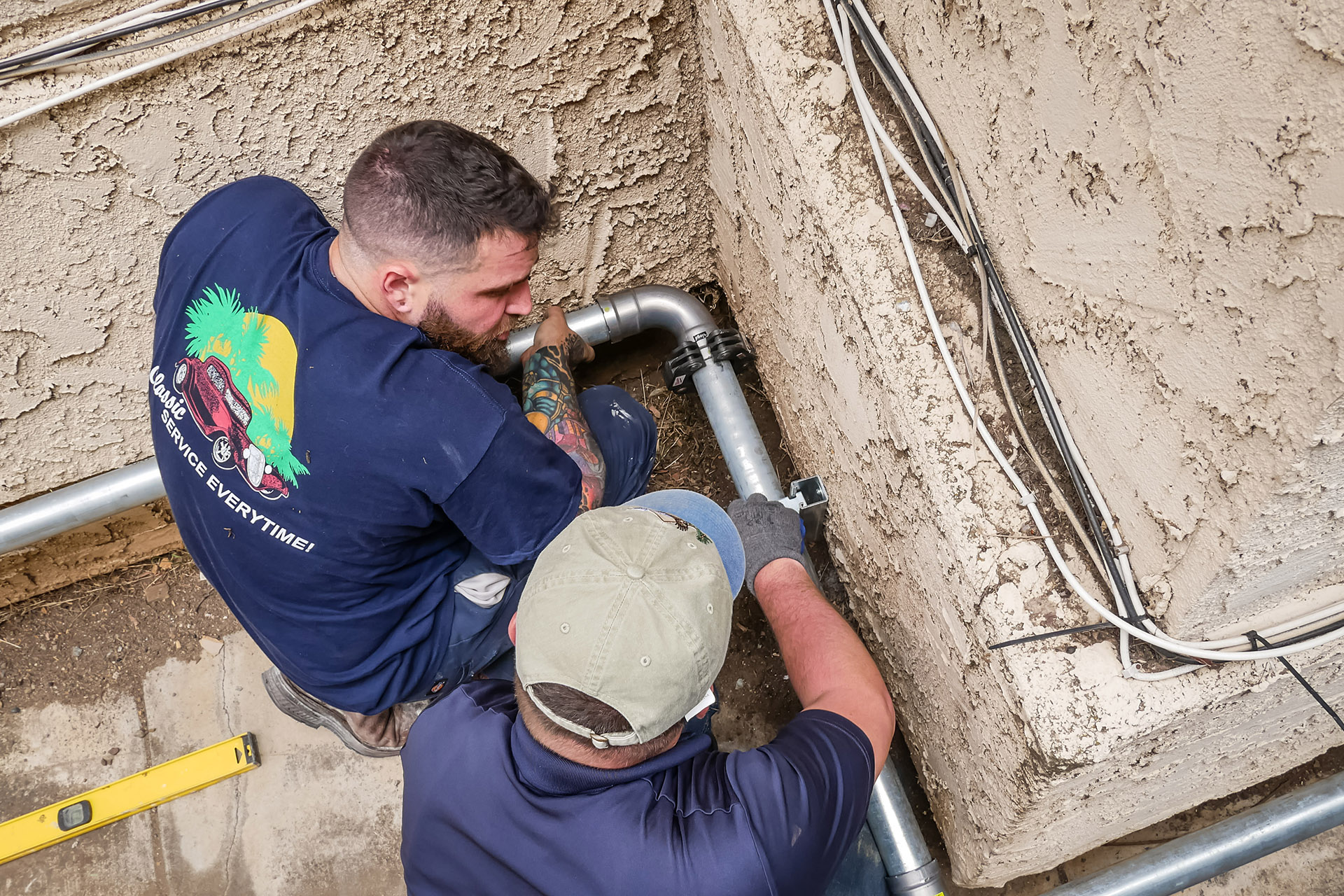
Next, the professionals begin the installation. The plumbers dig trenches 18 inches deep (as needed), lay the pipes, and make the necessary connections. New shut-off valves are installed for added safety and control.
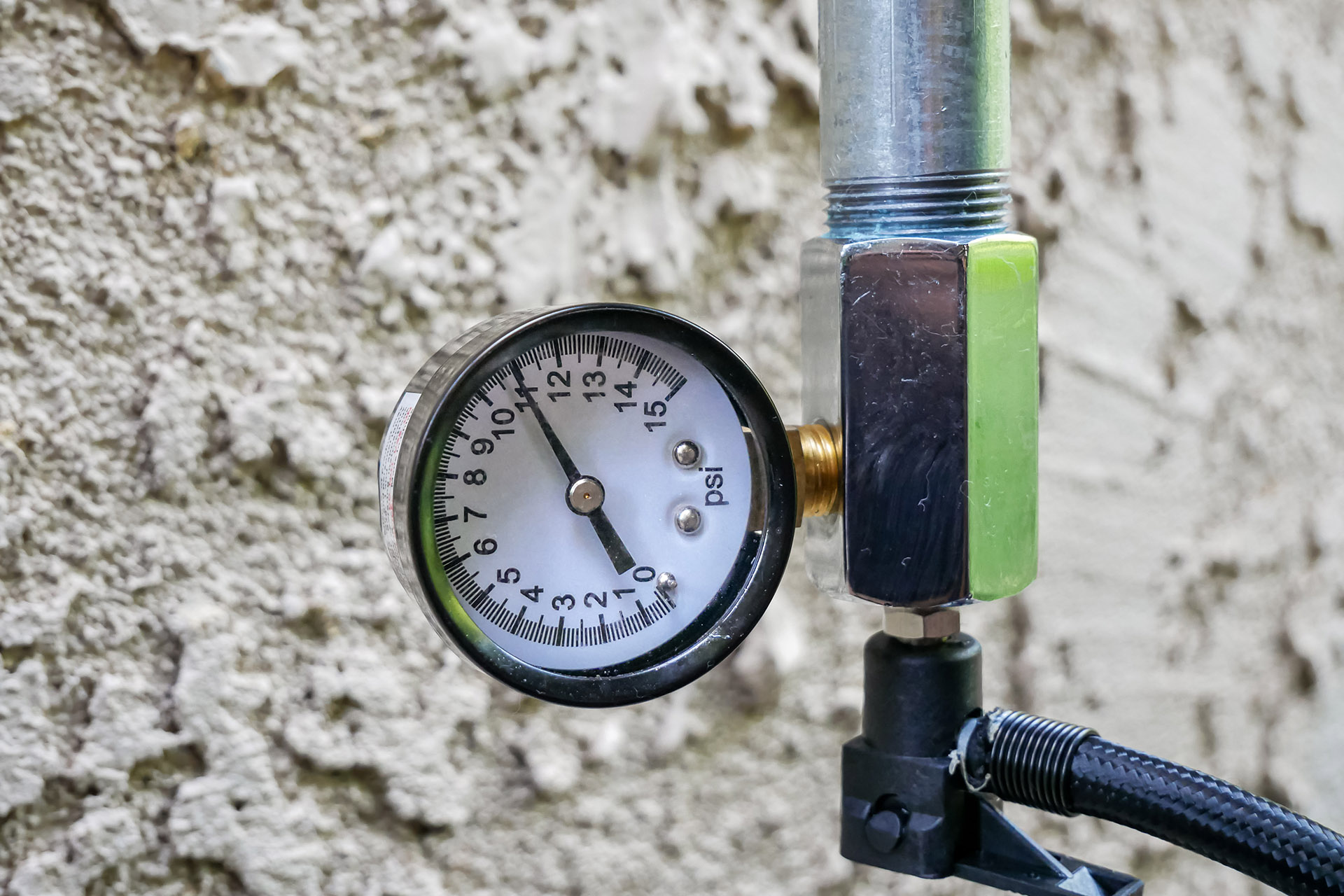
Before introducing natural gas, we pressurize the system with air or inert gas to check for leaks. We cap all ends of the gas system and apply 10 PSI of pressure for 15 minutes. After passing the test, the valves are installed, equipment is connected, the gas is turned on, and all service connections are tested.
